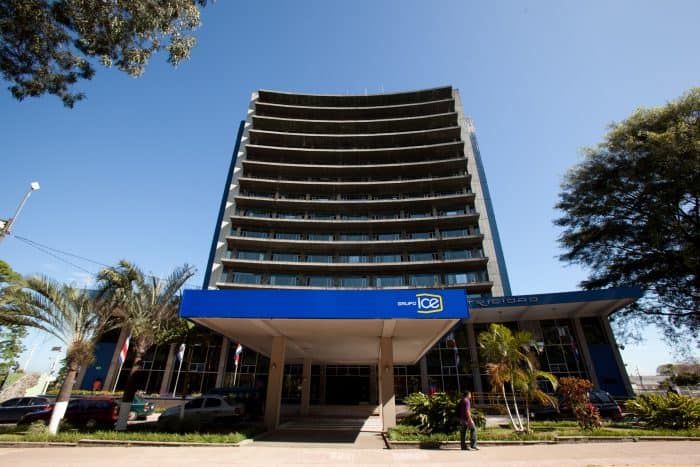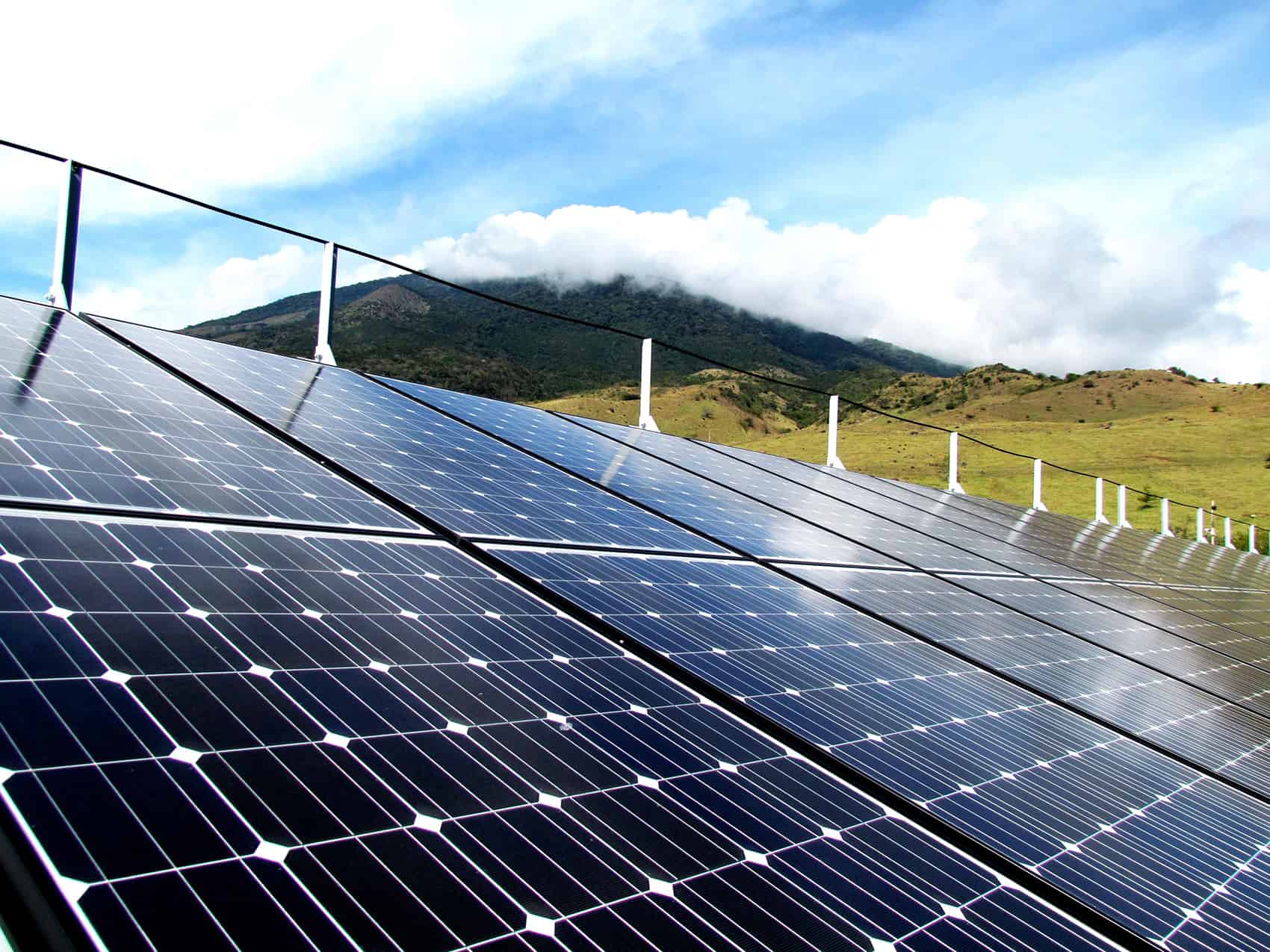An April 10 article in The Tico Times titled “ICE could sell excess energy to neighboring countries” detailed the ability for Costa Rica to lower electricity rates for its own citizens and residents by selling excess energy production to other Central American countries at a profit. This concept makes the battle that is currently transpiring over distributed generation all the more confounding.
The Net Metering Pilot Program from the Costa Rican Electricity Institute, or ICE, expired in February after successfully inscribing over 10 megawatts of renewable energy production that cost the government and the utility nothing to install because it was voluntarily paid for by the customers. Currently there is no legal process for connecting new distributed generation installations to the national energy grid, due to delays in completing the POASEN legislation that is intended to replace the pilot program with a permanent, nationwide net-metering program.
The pilot program was a success because ICE allowed customers to generate their own energy at their own expense, and to send excess energy production into the grid to be stored there as credits that could be redeemed and consumed at a later time. For solar installations, as an example, excess production would be injected into the grid during high demand daytime hours, and then that energy would be taken back during low demand nighttime hours or in future months. When customers invested their own money to install solar, they were allowed to inject 1 kilowatt-hour of energy into the grid and then redeem 1 kwh of energy at a later time. This benefited everyone involved and relieved the government of the burden of increasing energy production capacity to meet increased demand from a growing populace.
The 10 megawatts of capacity were a small contribution, but the pilot program tested and proved the concept, which could grow to be a more significant part of Costa Rica’s renewable energy sources in the future – if it is fostered by policymakers.
Costa Rica is in no danger of overproducing energy. Even without the ability to export excess energy to other countries it would take years of unencumbered development of distributed generation just to meet the demands of Costa Rica’s own growth. Rates for all consumers would steadily decrease as increased production reduced the need for the fossil-fuel generators that provide emergency energy to the national grid. These generators and the fuel costs they incur are part of the reason why our energy rates are so high.

If there were solar panels on every home then those panels could produce the energy during the day, meaning that water reservoirs above our hydro plants could be preserved to generate energy at night or to survive periods of drought. Geothermal and other renewable energy sources already installed in Costa Rica could still function at full capacity, and when their production was not needed it could be used to preserve hydro resources or exported to produce greater profits for ICE and lower rates for consumers. Costa Rica wouldn’t need to borrow money from foreign entities to build new production facilities in or near our national parks and nature reserves, because distributed generation would be voluntarily paid for by the individuals and businesses who installed it – but only if the value of that investment is protected by legislation that does not levy unnecessary and backward-thinking fees against it.
Unfortunately, the POASEN legislation is being debated in much less favorable terms for consumers in a misguided effort to protect the utility companies. Instead of continuing with the same successful parameters of the pilot program, the new legislation intends to levy access and connection fees that would naturally decrease the appeal to individuals and businesses of investing in distributed generation. Make no mistake, the choice to pay to install distributed production on your own property is an investment, and any fees associated with it will reduce the return on that investment and slow the rate at which this type of investment is made.
The utilities seem to believe that their profit margins must be protected, even at the expense of every one of their customers who could enjoy lower rates if more energy was being produced. The concept that too much distributed generation can damage the profit margins of utilities is not unfounded, but it would not apply in Costa Rica until there was so much energy being produced that there was no place to sell the excess. If ICE could increase profits or produce power more cheaply they could sell power to the cooperatives at lower rates. This would translate to lower rates for all consumers without affecting the profit margins of the cooperatives. If we consider the expected growth of future demand relative to the expected growth of distributed generation this problem would not exist for many, many years to come.
Until the legislation is finalized there is no legal pathway for people to generate their own energy and also be connected to the grid – a civil right that was guaranteed by legislation passed in 2010. If they choose to protect the short-term profits of the utility providers they will slow the implementation of distributed generation, and thereby the potential for private investment in production capacity to help to lower rates for all energy consumers in Costa Rica.
Everyone in the world is impressed that Costa Rica generated 100 percent of its electricity from renewable sources for the first 75 days of this year. Just imagine how impressed they would be – and how proud we could be – if we were able to do that every day of every year. If the policymakers, utility providers, and consumers were dedicated to such a goal then everyone would share in the rewards, and Costa Rica would have its best hope of achieving the dream of carbon neutrality.
Not all consumers would have the financial ability to install their own means of production, but all consumers would benefit from the lower energy rates that resulted from those investments and the fair policies that enabled and encouraged them.
Cham Brownell is chief operations officer at Pura Vida Energy Systems, S.A.






